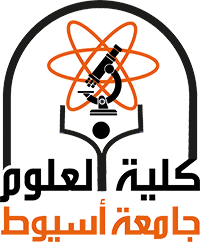The present work used the electrical resistivity approach to conduct a three-dimensional modeling and initial volume estimation of the limestone layer in the Mintom region located in southern Cameroon. In order to achieve the objectives of the study, a total of 21 electrical soundings spaced 250 m were first collected in the field using the Schlumberger array. These soundings were conducted along three profiles oriented in an east–west direction, spaced 500 m. Additionally, a geological survey was conducted to identify and emphasize the presence of limestone formations within the designated study region. The interpretation of the sounding data was conducted based on the analysis of the sounding curves. The interpretation outcomes, specifically resistivity and thickness, were compared with the geological field data, resulting in the development of lithostratigraphic logs for each sounding. The geological sections were constructed using the logs of the designated profile. The lithological logs were utilized to establish a lithological interface model and calculate the volume of the limestone layer at 260 ± 13 × 106 m3, utilizing the inverse distance method built into RockWorks software. A resistivity value is assigned to each geological layer in a sounding curve, allowing for the development of a resistivity variation model specific to the limestone layer. The proposed model facilitates the categorization of limestone layers based on their resistivity variations, thus serving as a fundamental reference for prospective exploratory activities within the designated study region. Our integrated approach provides a replicable model for a better understanding of the limestone reserve and effective management of this valuable resource.
Research Abstract
Research Date
Research Department
Research Journal
Front. Earth Sci
Research Member
Research Publisher
Front. Earth Sci
Research Vol
11
Research Year
2023

